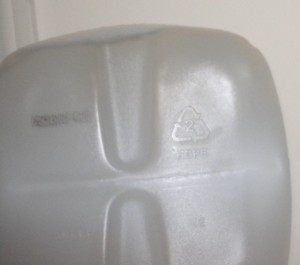When you buy a new hydroponic system or build your own, you have to be careful and observant the first time you use it. Since you are not familiar with how your plants will grow in your new system you have to be extra careful to make sure you do not push them too hard. Many things come into play when trying to figure out how much to feed your plants. The first season you have with your system will most likely be the worst one. Once you get a feel for your system you realize where you can make adjustments. The next season will be much better because you already know what to expect. Nutrient burns and salt lock ups are very common mistakes made by new indoor gardeners trying to push their plants too hard before finding out what they are actually using. In my opinion, it is safer to diminish your overall harvest weight for the sake of quality. If you cut back on the feeding regimen before there is salt lock up or over fertilization, you will end up with a better quality food product.
You should always stay on the light side of a nutrient solution when using a hydroponic system for the first time. To dilute your solution you just add plain water. Use hydroponic fertilizers that are water soluble so the nutrients will soak into the water in your reservoir. When oxygen is being delivered to the reservoir you will get much better results with your nutrients. The aerated nutrient delivery is a much more efficient way to feed plants over traditional watering practices. Usually OMRI listed nutrients are safer and more forgiving. If you have questions about a specific bottle just ask the person working at the hydroponics shop. They will be more than happy to show you which nutrients are more forgiving. I suggest using only half what the bottle recommends for the first run. When you start to see signs of over fertilization you know your solution is too strong. If your plants are showing signs of nutrient deficiencies you may need to strengthen your nutrient solution. PH and Electrical Conductivity (EC) meters can help keep you in the safe range, but they are not always necessary if you can’t afford them. Of course there is much much more to nutrient solutions, but it cannot be covered in one post. These guidelines will help you stay out of trouble and keep your plants healthy until you fully understand YOUR hydroponic system.
